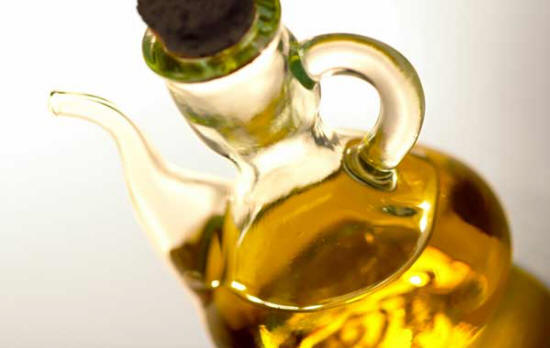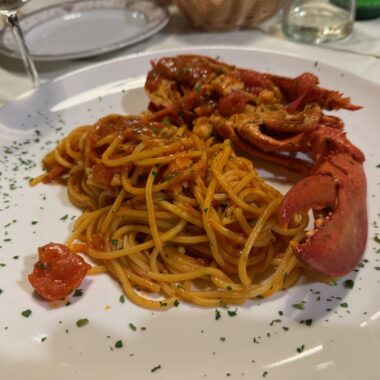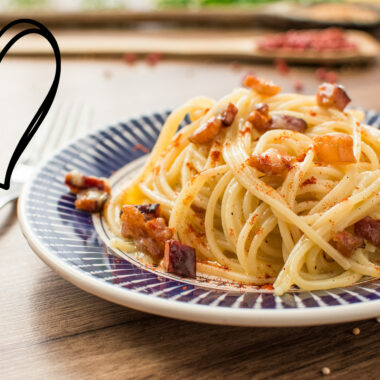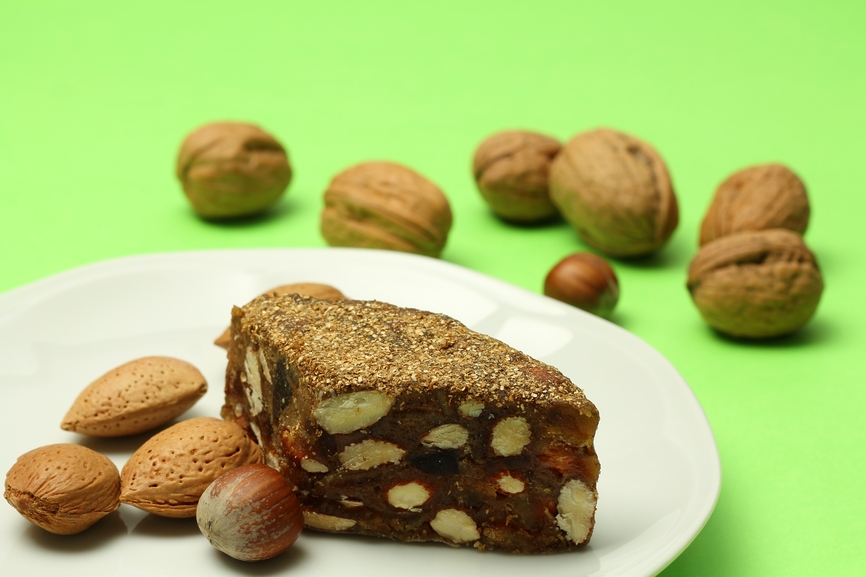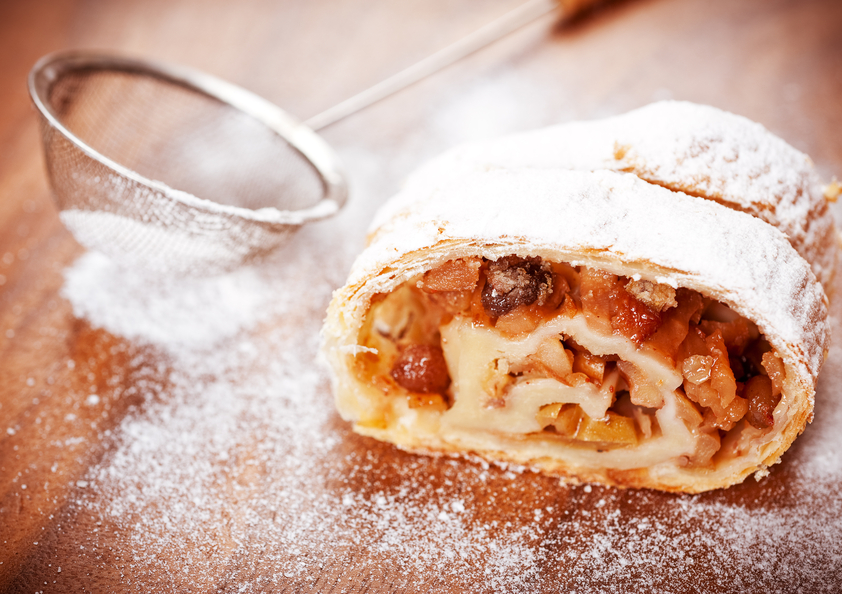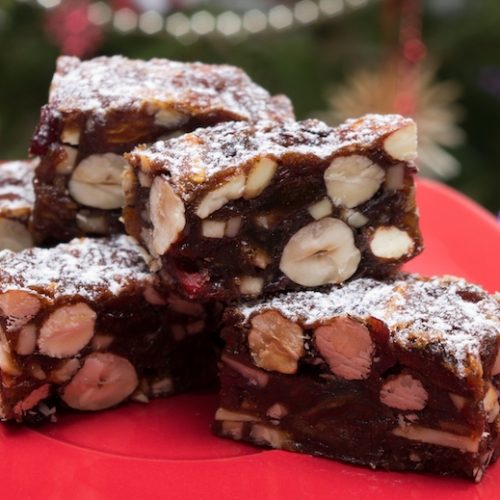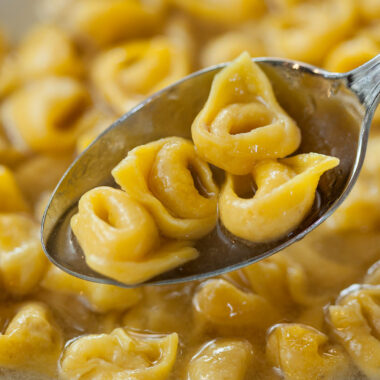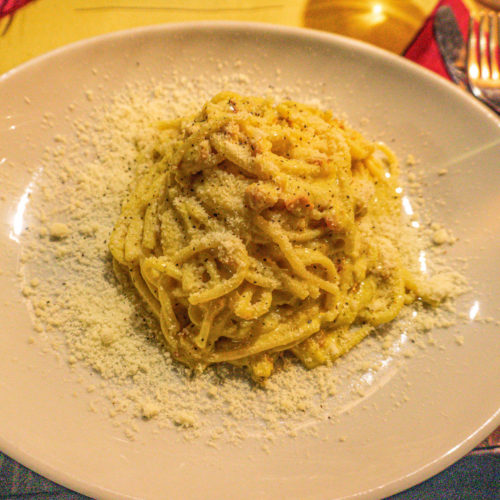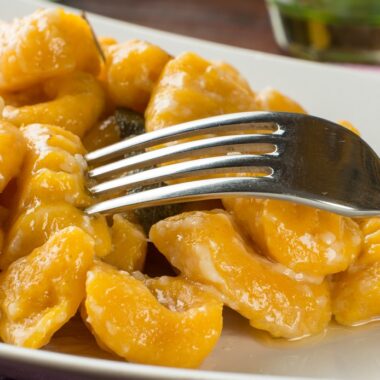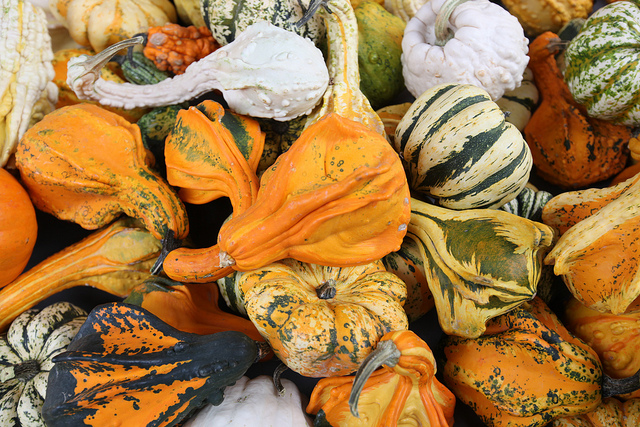Olive oil, has been a symbol of Italian food and of the history of Italian cuisine for the longest time. Today, it has become a staple in the pantry of millions eager to enjoy healthier, richer tasting food. Unfortunately, there are many varieties and blends, a factor that often makes the daily process of choosing the right one for a particular appetizer, salad or entrée rather difficult.
So here’s a lesson: Italian olive oil 101!
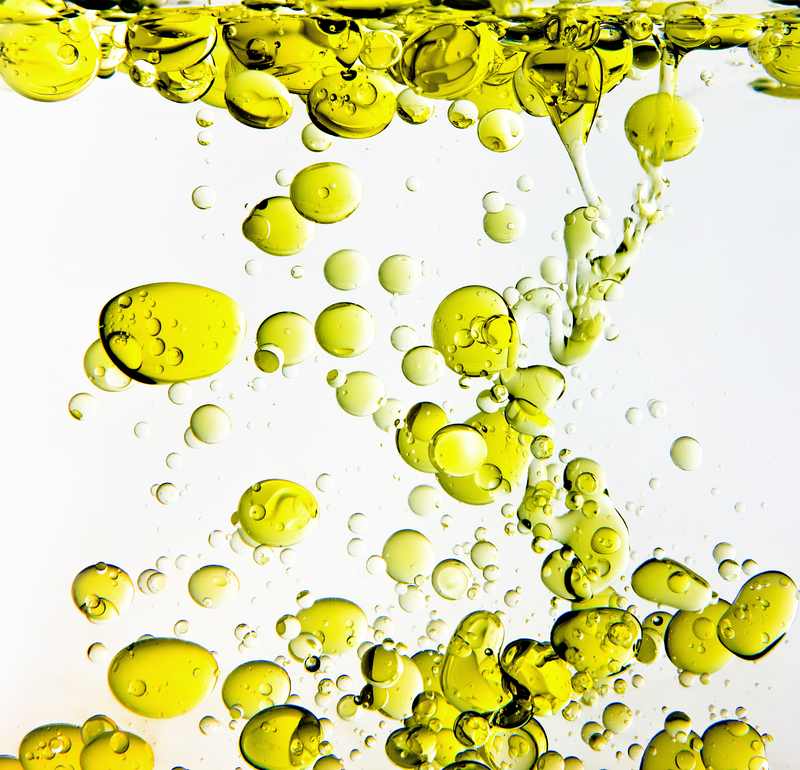
Olives
Olives are a fruit produced by a Mediterranean evergreen tree throughout various regions of Italy and the whole Mediterranean basin. Olive trees are one of the world’s oldest cultivations: they are sturdy and can typically withstand many of nature’s elements, but colder temperatures, rain and/or ice can wreak havoc on fruit production and overall tree health. Regular pruning and seasonal fertilizing is required to maintain ongoing olive production.
While an olive begins as a green fruit, the ripening process causes it to darken, or turn black. When the olives are deemed ripe, harvesting begins. (More seasoned farmers will settle their nets long before the harvest, usually at the beginning of the season.) Nets and pickers will proceed into the grove for several days of picking and stripping olives from their natural habitat. Since many families refuse to modernize the process of harvesting olives, this ritual is completed by hand until the last succulent piece of fruit has been picked or shaken from the tree onto the awaiting nets. Many pickers endure cuts, bruises and uncomfortable pain during the harvest. But their efforts result in a more plentiful bounty.
Olives harvesting and olive oil production
Making Olive Oil
Once the olives have been picked, they are moved to a processing facility, usually a local mill. Very often, olive mills (called frantoi in Italian) are located within the orchard. Now the most critical time for the olives begins: the time spent between picking and pressing. Once picked, the fruit is prone to molding and quick decomposition. If pressing will take place over several days, the olives may be turned to ensure the skin does not spoil. Despite the time-honored tradition of hand picking olives, the sorting and pressing process have been modernized in an effort to save precious time. Once leaves, twigs and any other remaining debris have been removed comes the actual pressing, where the entire olive – including its stone – meet the press. The entire press process is rather cumbersome and includes grinding and mixing, as well as separating oil from water.
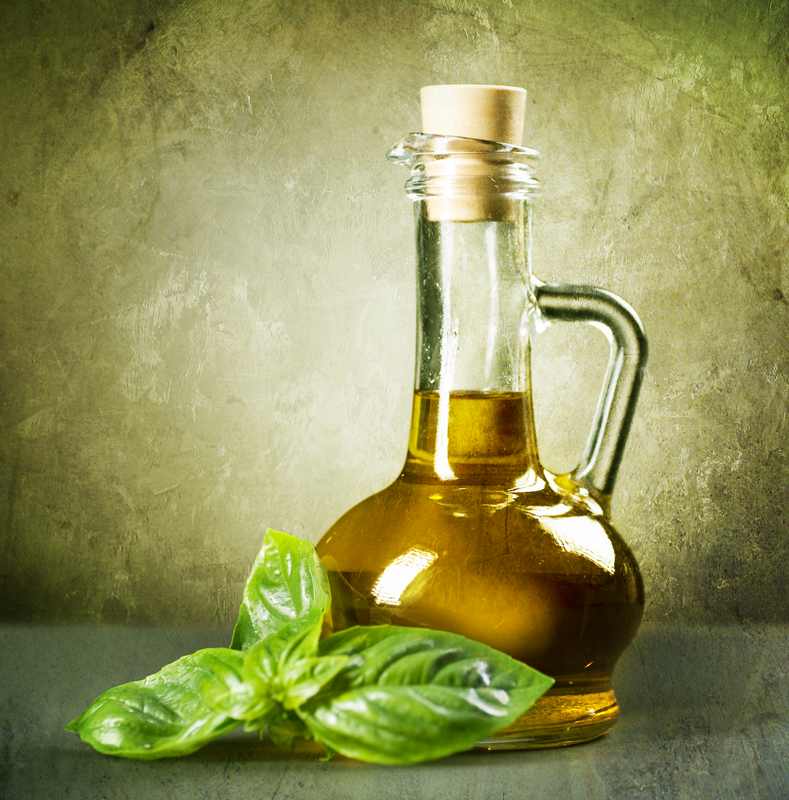
Olive Oil Classifications
Following the press, the resulting olive oil is considered “non-filtered” or “cold pressed:” both nomenclatures simply identify what is the first, less refined result of olives pressing. Because of its purity and integrity, cold press olive oil is often more expensive than others.
Some may also refer to cold pressed olive oil as “virgin” since the oil has not been filtered, modified or altered in any way. However, to be classified as virgin, it cannot contain more than 2% of acidity, where the acidity refers to the presence of oleic acid, a monosaturated fatty acid). Interestingly, virgin olive oils, naturally more aromatic than their highly refined counterparts, often contain unique taste characteristics, which associate them to their own region of origin.
Extra virgin olive oil classification mirrors that of virgin olive oil: to be considered extra virgin, olive oil must not contain more than 1% acidity. (Some purists specify acidity should not exceed 0.8%.) “Ordinary” or “pure” virgin olive oil contains not more than 3.3% acidity.
Then there is refined olive oil, a derivative of virgin olive oil. Anything beyond virgin and extra virgin classification requires specific processing treatment.
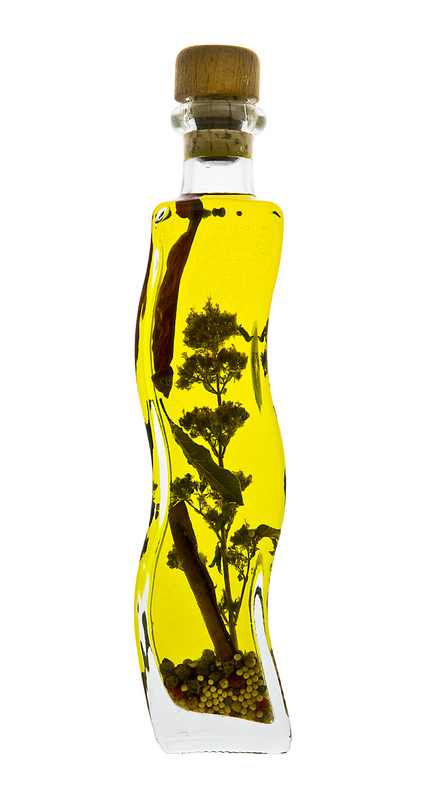
How to classify Olive Oil by its flavor
Olive oil flavor is not only determined by its degree of acidity. External factors, such as soil, fruit maturity, climate and extraction process, can influence it, too. The most common terms used to describe and characterize its flavor are fruity, fresh, buttery, astringent, peppery, sweet or green. Having an olive oil tasting experience is an easy and interesting way to understand and get to know this special nectar and its multitude of flavors and aromas: simply pour a small amount of olive oil (usually about a tablespoon) into a small, clear glass (a cordial glass is the perfect size). Carefully swirl the oil around the glass to coat the entire surface. Hold the bowl of the glass in your hand to delicately warm the oil, thus releasing the oil’s natural aroma, and then inhale its fragrance. To actually taste the oil, you may sip it directly from the glass, or dip a small piece of unsalted bread (white French bread is best) into it. Should you choose to do so, you will want to discard the oil from that particular glass.
Olive Oil and Food
For those curious, here is some advice on how to most effectively pair olive oil with food and cooking.
- Always use quality olive oil. (Think of olive oil and wine as following the same rule: we are told to never cook with a wine we would not drink on its own. The same practice holds true for olive oil).
- Extra virgin or cold pressed olive oil is the highest quality olive oil available and it is used widely among restaurant chefs. Keeping price and quality in mind, this oil is used more sparingly. Extra virgin olive oil variety is best used over salads or for dipping bread.
- Virgin olive oil contains less flavor and aroma than extra virgin, and is best used for frying, grilling and oven roasting. Ordinary olive oil contains even less flavor and aroma than virgin olive oil, and may be used in recipes where flavor from the oil itself is not desired.
- Olive oil is not wine! Many think that it gets better with age, but it is not like that at all. It is a fresh product and must be consumed quickly once you open the bottle.
- Olive oil bottles must be kept in a cool, dry storage place. Your cupboard is fine, the ledge of your sun-drenched window is not.
- Good extra virgin olive oil is a very healthy food, but never forget that it is a kind of fat and contains a lot of calories. Its fat is however better than other kind of vegetal or animal fat, because of its high content of monounsaturated fatty acids, as well as antioxidative substances.
- Olive oil helps lower bad cholesterol and increase good cholesterol. Ask your doctor if and how include it in your diet.
While olive groves and oil production have reached as far west as the United States, Italy is still considered the foremost producer of high quality olive oil. Some of the same groves and estates of Italy have been producing olive oil for hundreds of years, continuing a time-honored family tradition, appreciated throughout the entire world. It is easy to taste the difference.
By Melissa A. Tyson
Related Articles
Olive Oil Production
Olives
